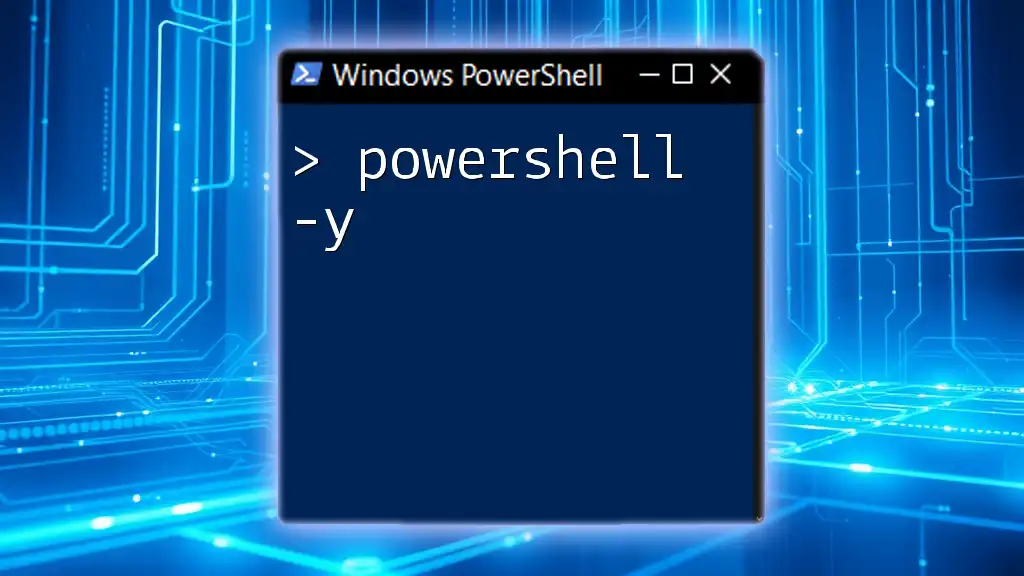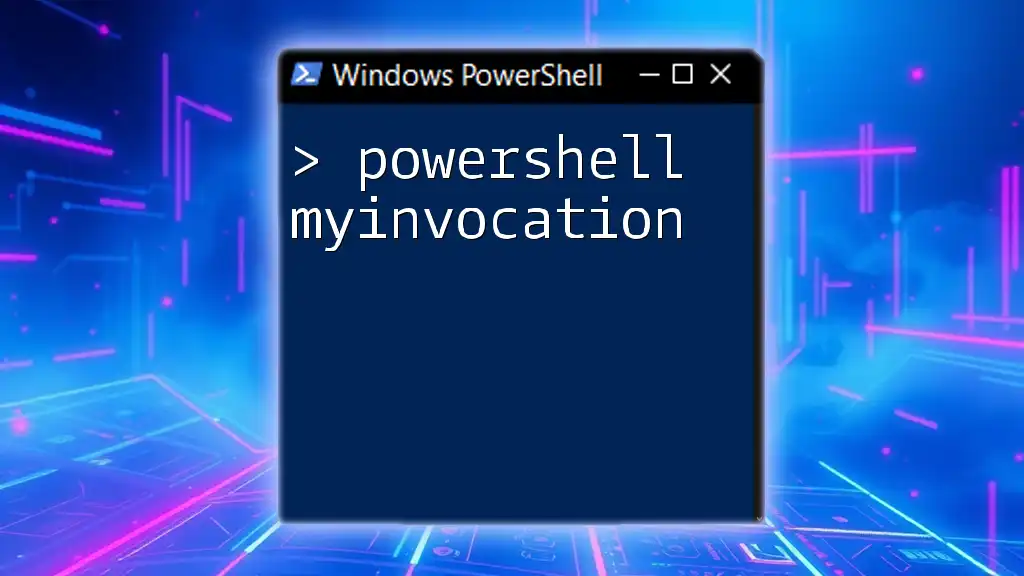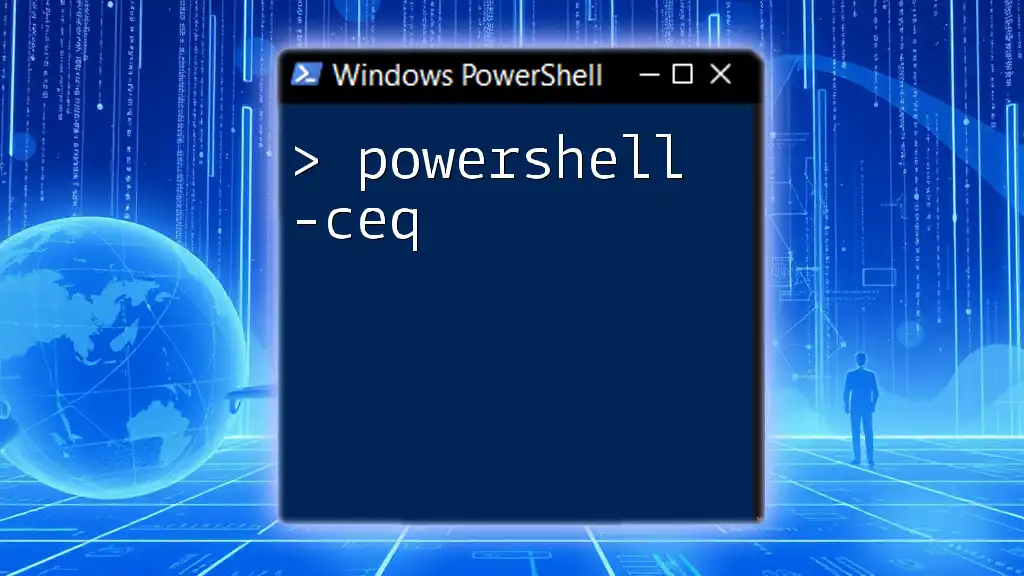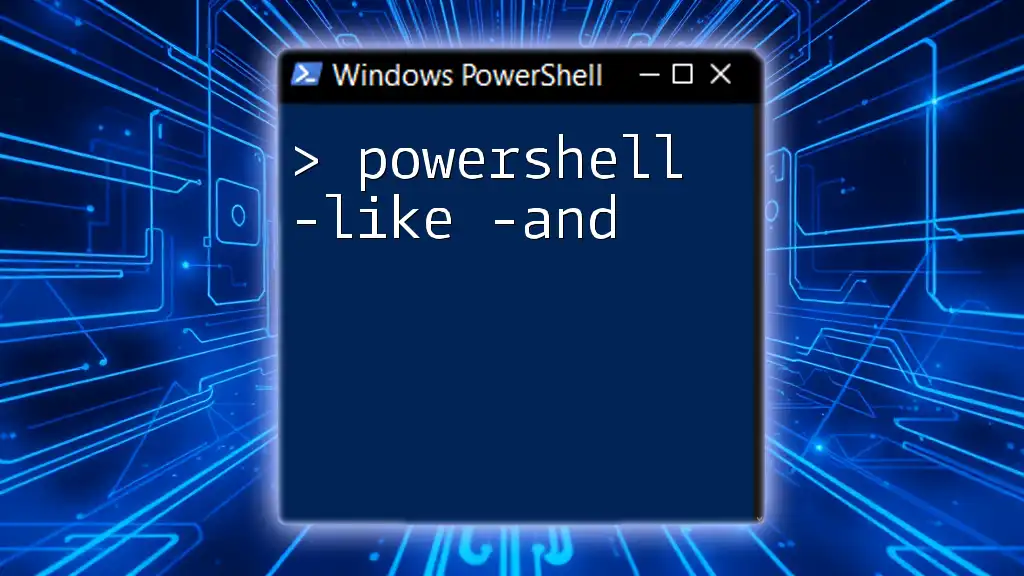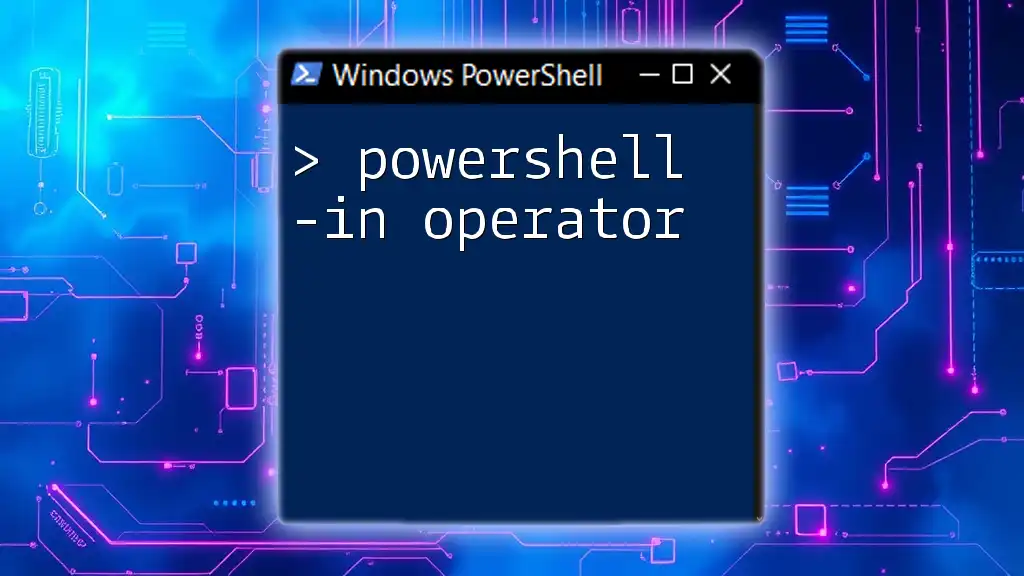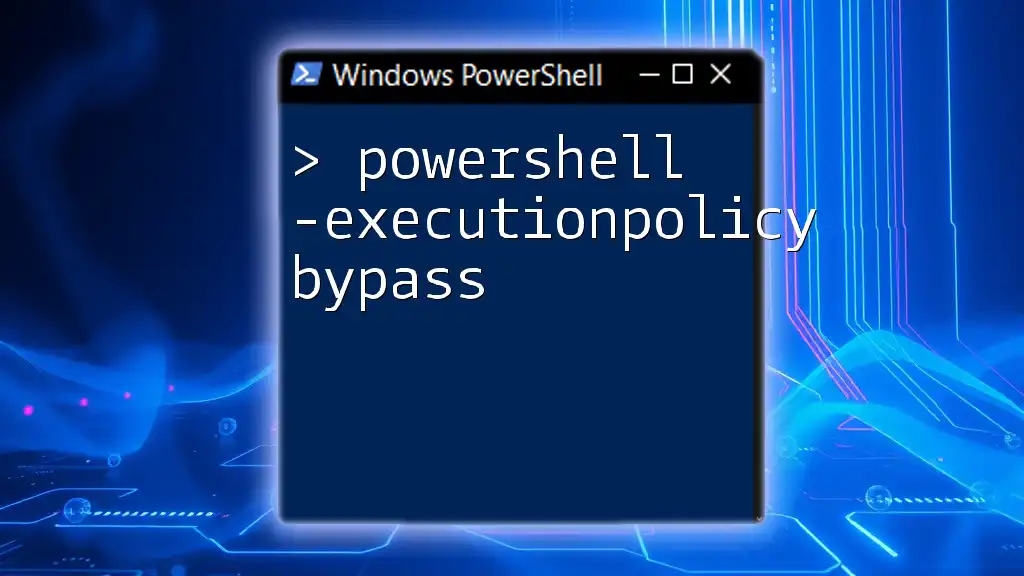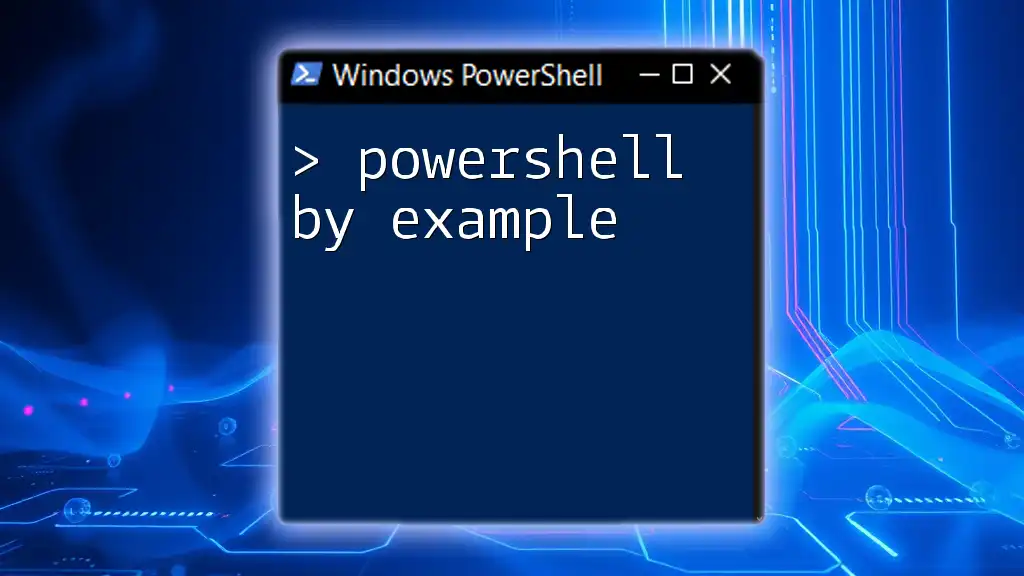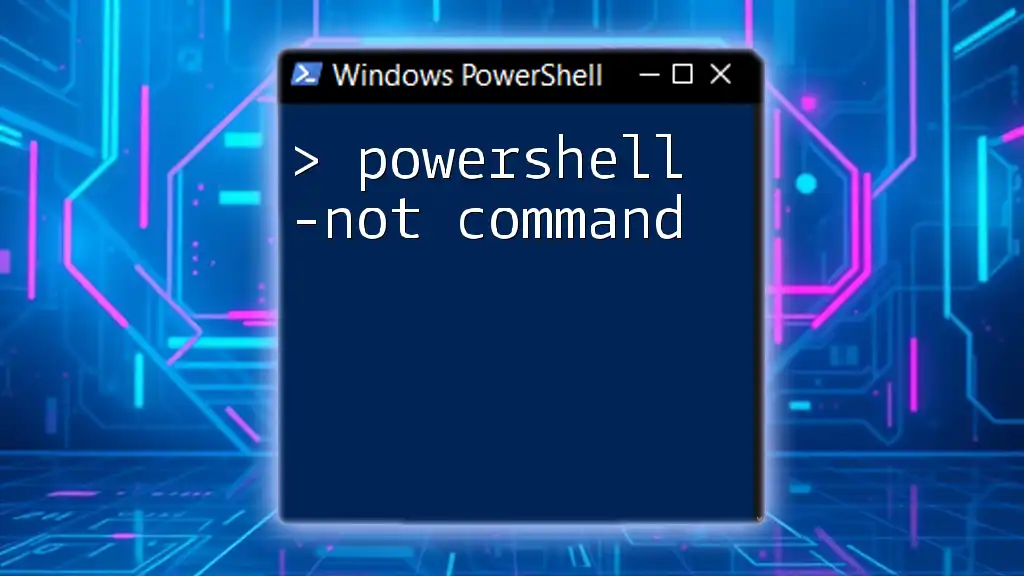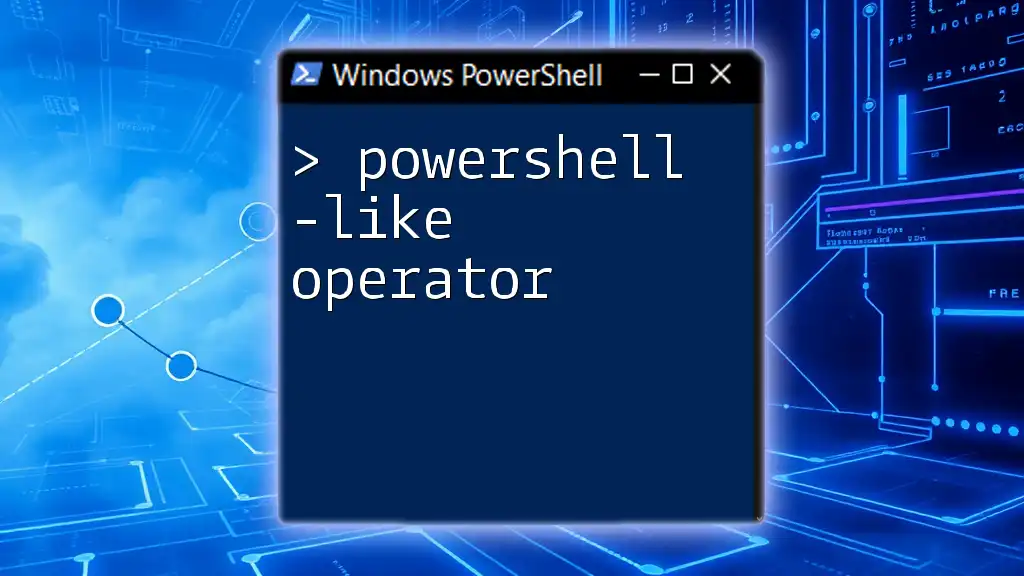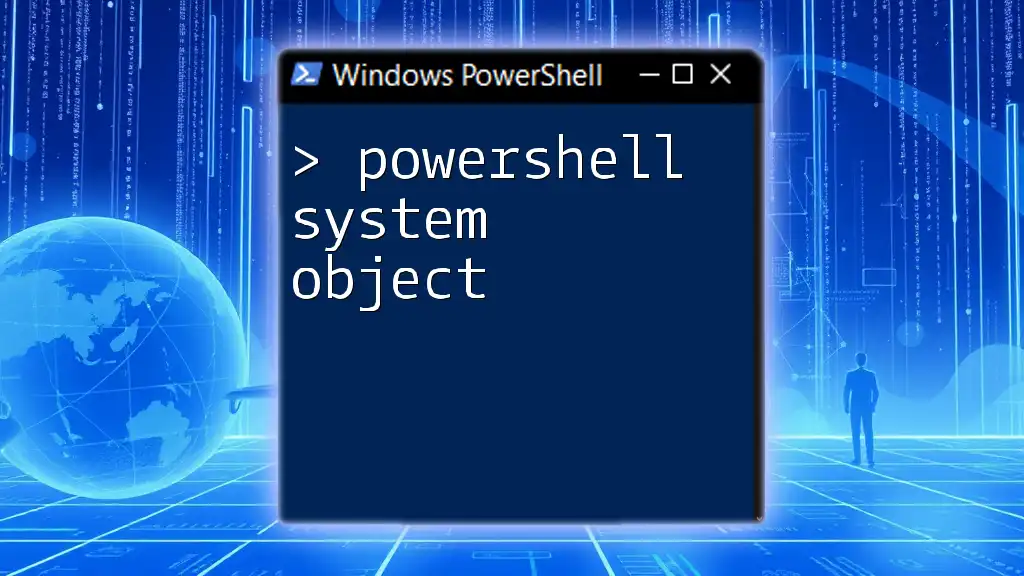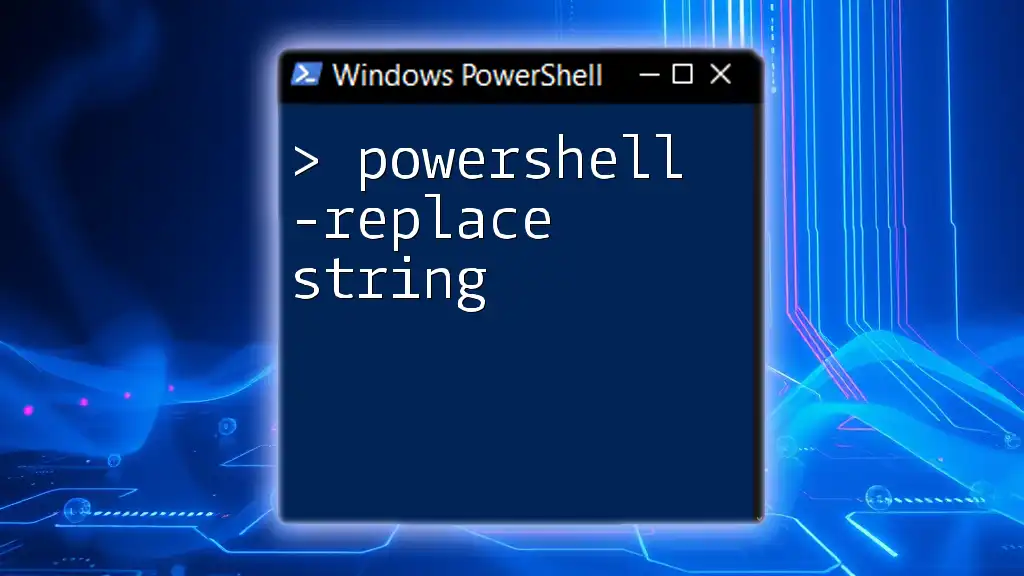The `-y` parameter in PowerShell is commonly used to automatically answer "Yes" to any prompts during the execution of a command, streamlining processes that require user confirmation.
Here’s a simple code snippet demonstrating its use in the context of the `Remove-Item` command:
Remove-Item -Path 'C:\Example\*' -Recurse -Force -ErrorAction SilentlyContinue -y
(Note: The `-y` parameter is an illustrative example; in actual PowerShell commands, you may simply use `-Force` for non-prompting deletions.)
Understanding the `-y` Parameter
What is `-y`?
The `-y` parameter is a widely used option in PowerShell commands that signifies "yes." It is commonly employed to bypass confirmation prompts when executing commands that have the potential to alter system configurations or delete files. Instead of waiting for user input, the inclusion of `-y` allows commands to proceed automatically, thus streamlining operations.
When to Use `-y`
The `-y` parameter is particularly beneficial in scenarios where confirmation might interrupt workflow, particularly in automated scripts or batch operations. It's essential to determine contexts where using `-y` is appropriate, as this can significantly enhance efficiency during maintenance tasks or administrative actions.
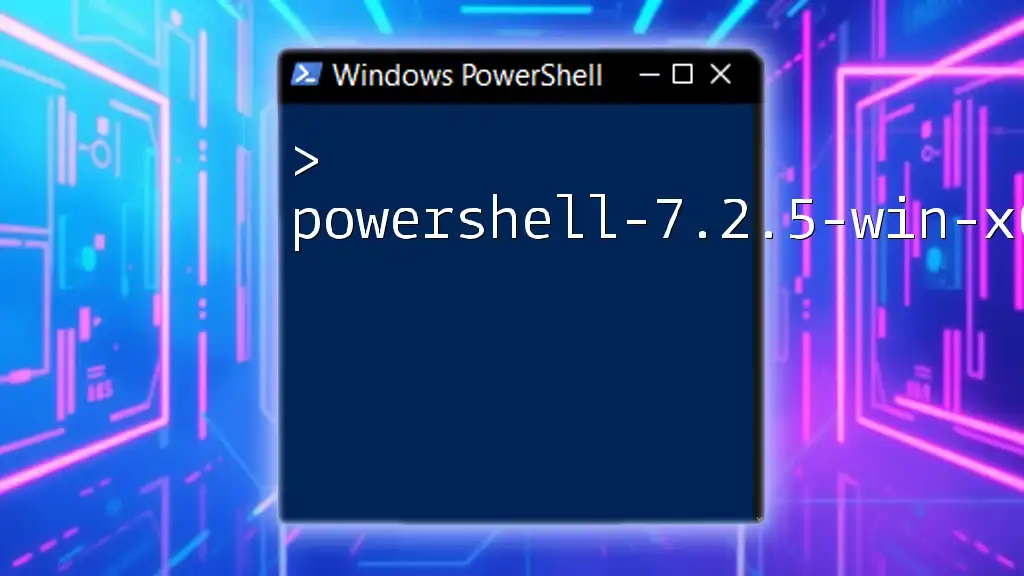
Practical Usage of `-y`
Basic Syntax
The basic structure for utilizing the `-y` parameter typically follows the command syntax, where `-y` is placed as an option after the command itself. For example:
Remove-Item "C:\path\to\your\file.txt" -y
In this command, `Remove-Item` permanently deletes the specified file without a second confirmation. This capability can be invaluable when managing multiple files or automating tasks.
Real-World Examples
Example 1: Deleting Files
Consider the case of mass file deletions. Using PowerShell, you can efficiently delete files from directories, such as:
Remove-Item "C:\path\to\your\directory\*" -y
With this command, all files within the specified directory will be deleted without waiting for a user confirmation, making it perfect for cleanup tasks.
Example 2: Stopping Services
The `-y` parameter is not limited to file operations. It can also facilitate system service management. For instance, if you need to stop a service immediately without interruption, you can use:
Stop-Service -Name "spooler" -Force -y
In this case, the service "spooler" (typically the Print Spooler service) stops promptly without requiring further confirmation, which enhances the admin's control over the system.
Error Handling
Using the `-y` parameter can indeed reduce or eliminate user prompts; however, it does carry a certain risk, especially if used carelessly. It is critical to be aware that executing commands with `-y` can lead to unintended consequences, such as permanent data loss or system changes. Always verify the command's target before appending `-y`.
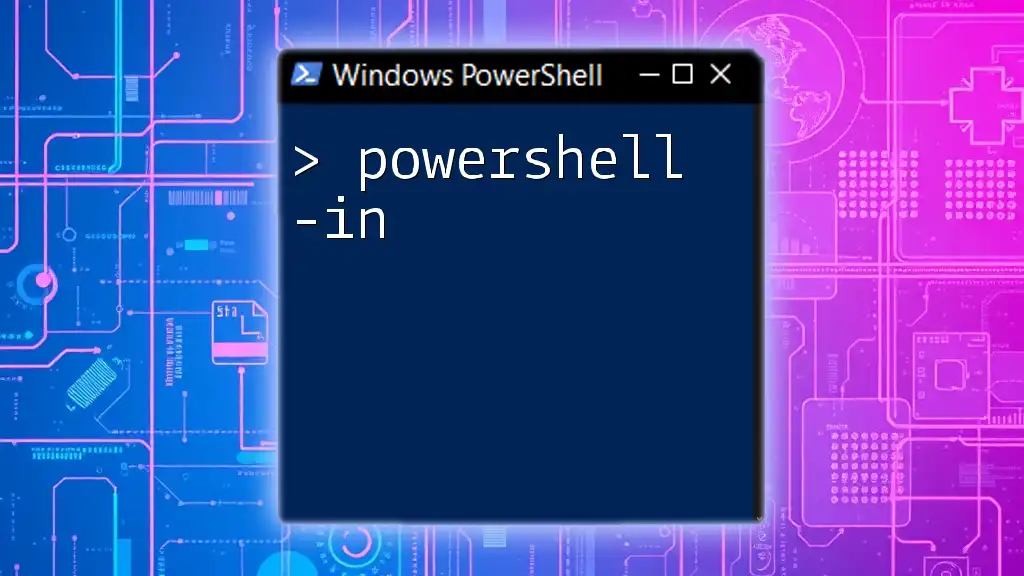
Combining `-y` with Other Parameters
Command Chaining
The `-y` parameter can work seamlessly with other PowerShell parameters, further enhancing its capabilities. For example, imagine you want to stop processes based on their CPU usage:
Get-Process | Where-Object { $_.CPU -gt 100 } | Stop-Process -y
In this command, any process consuming more than 100 CPU units will be terminated without the need for confirmation. This demonstrates the power of combining conditional logic with the `-y` parameter for efficient management.
Case Study: Batch File Removals
Let's imagine a scenario where you need to delete outdated log files located in a specific directory structure. Here’s a script that utilizes `-y` effectively:
Get-ChildItem "C:\logs\*.log" | Remove-Item -y
This command locates all log files within the directory and removes them in one go, vastly speeding up the process compared to deleting each file individually. The `-y` ensures the operation completes without interruption, which is ideal for a maintenance script.
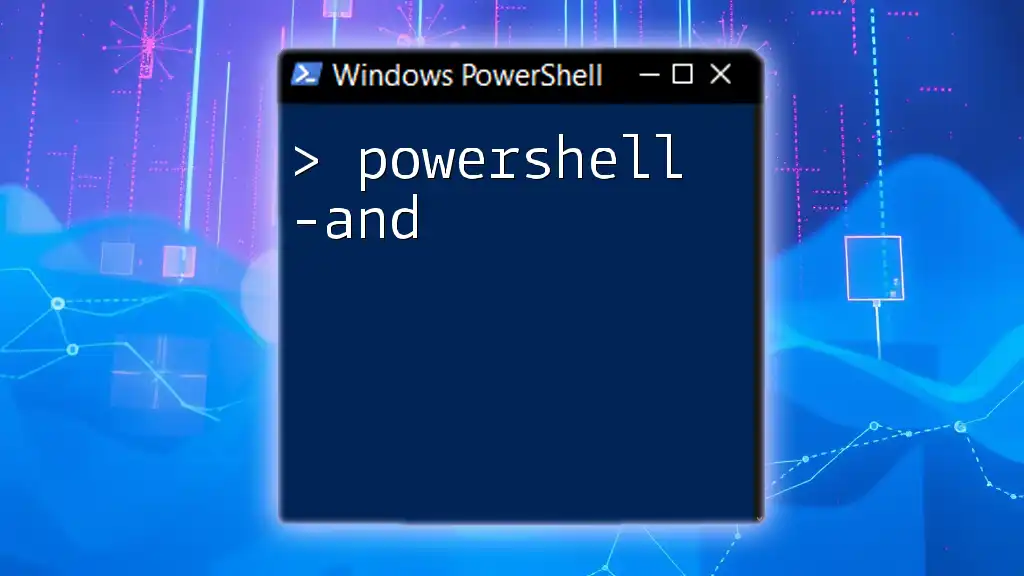
Best Practices and Tips
Identify Critical Commands
When using the `-y` parameter, exercise caution and leverage it only with commands that are either reversible or non-destructive in nature. For example, avoid using `-y` with commands like `Remove-Item` on critical system directories.
Avoiding Overreliance on `-y`
While `-y` can enhance efficiency, overreliance can lead to dangers, including accidentally deleting important files or configurations. Balance its convenience with a thorough understanding of the commands you are executing to mitigate risks effectively.
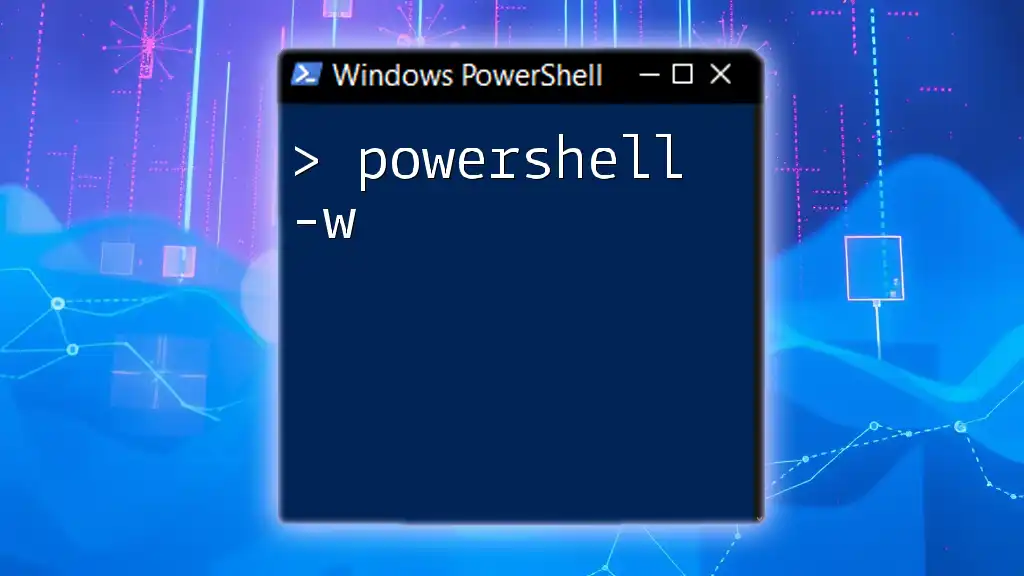
Troubleshooting Common Issues
Common Errors with `-y`
Although `-y` can prevent confirmations, it may lead to potential errors if the command attempts to execute an operation that cannot be completed (e.g., permissions issues, nonexistent files). Understand these errors, and use them as learning opportunities to refine your command usage.
Testing Commands Before Running with `-y`
Always ensure that you validate commands that include the `-y` parameter. Use `echo` or write commands in a way that previews action before execution. For instance:
echo Remove-Item "C:\path\to\your\file.txt" -y
This command will not execute but will display what would happen if the command were run, thereby enabling more cautious work.
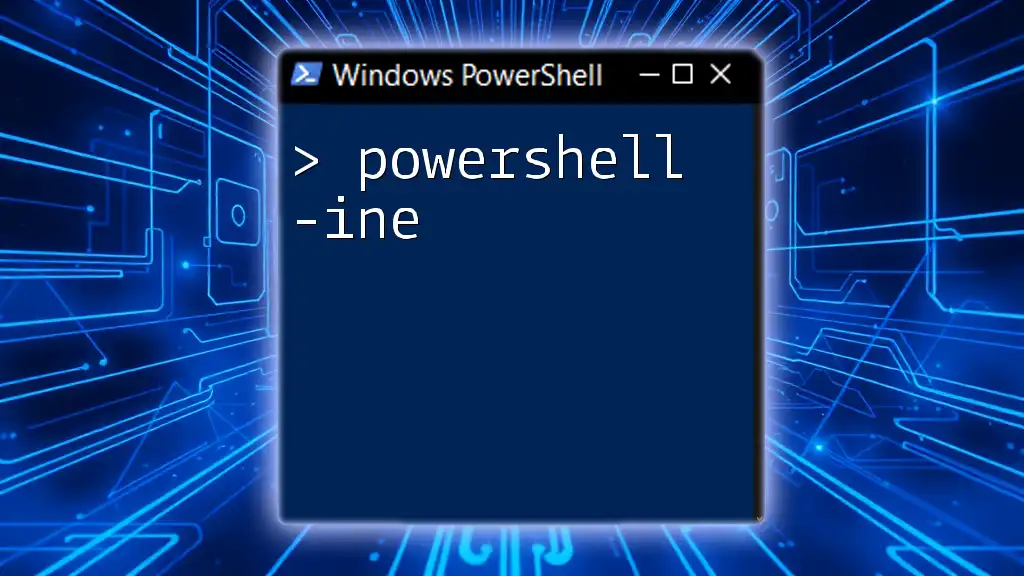
Conclusion
The `-y` parameter is a powerful tool in PowerShell that can significantly ease the execution of commands requiring confirmation. By understanding its mechanics, appropriate applications, and best practices, users can enhance their productivity while minimizing risks associated with automated command executions. The key lies in informed execution—knowing when and how to leverage `-y` to achieve efficient results responsibly.
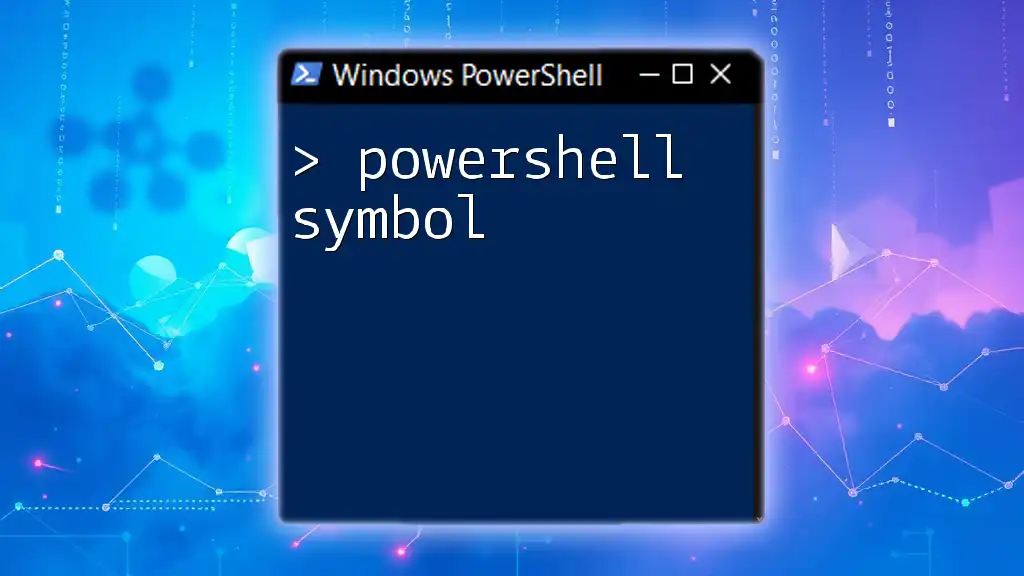
Additional Resources
For further exploration of PowerShell commands and scripting, check out official PowerShell documentation, online forums, and dedicated blogs. These resources can offer deeper insights and enhance your learning experience.
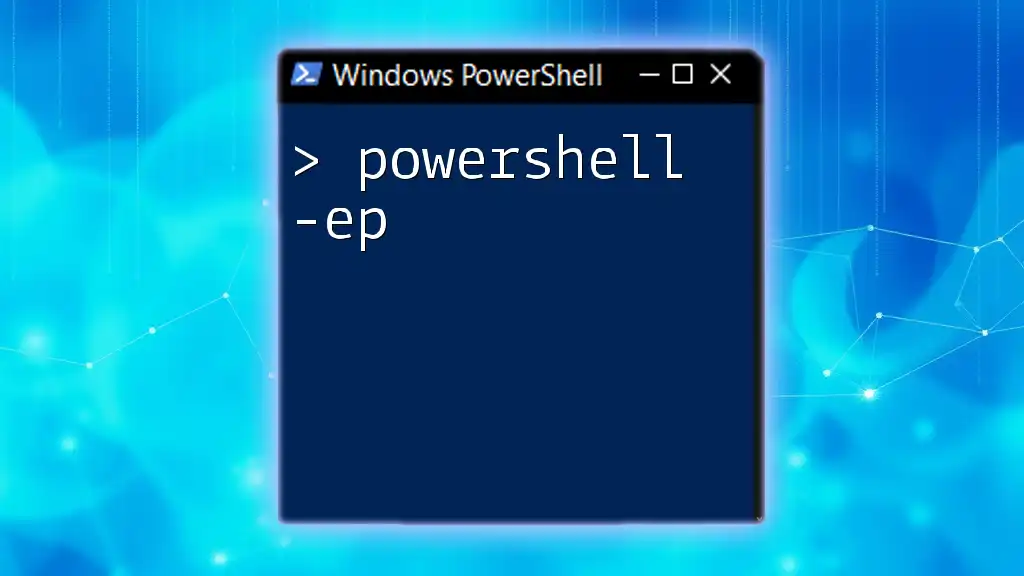
Call to Action
We encourage readers to share their experiences or tips on using PowerShell `-y`. For those seeking to deepen their PowerShell skills, consider joining our upcoming workshops where you can learn practical usage of PowerShell commands, including `-y`. Engage with our community today!

